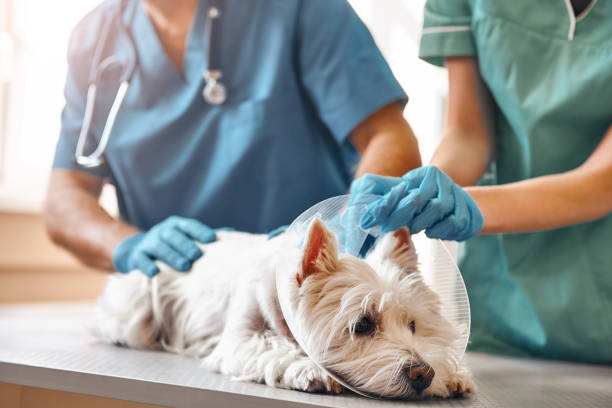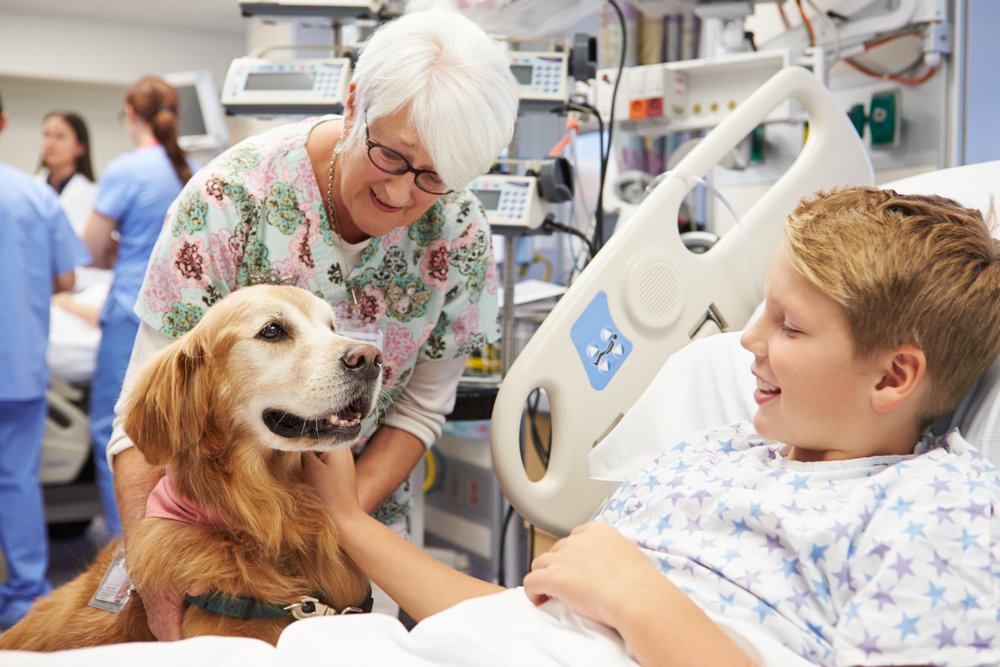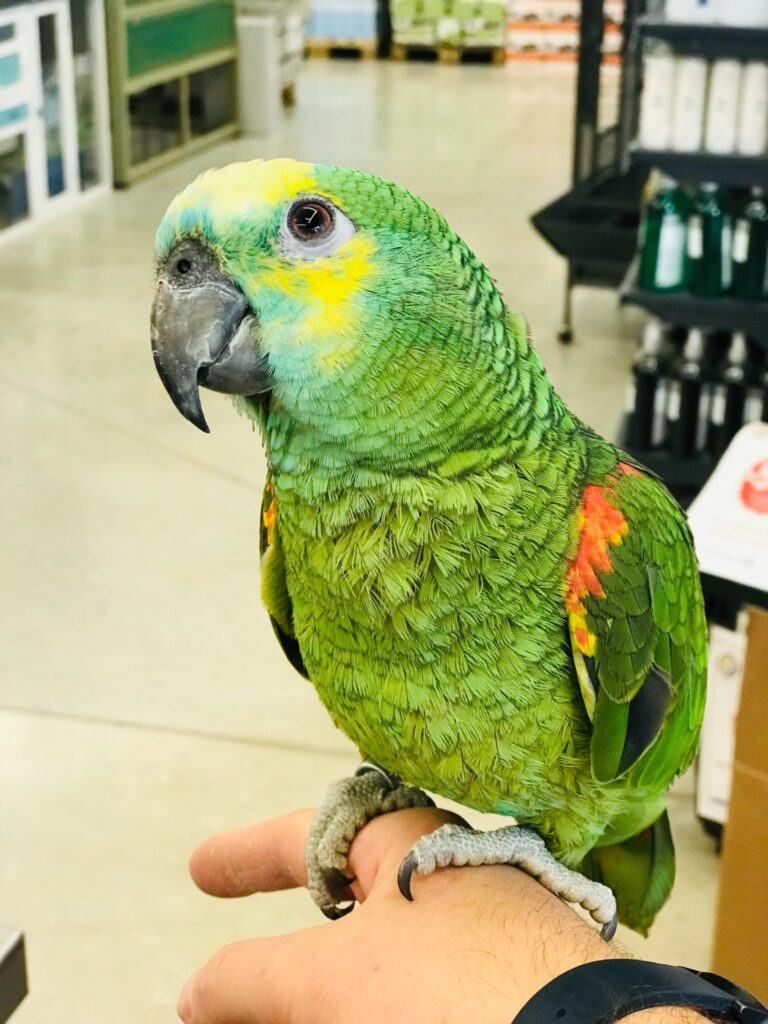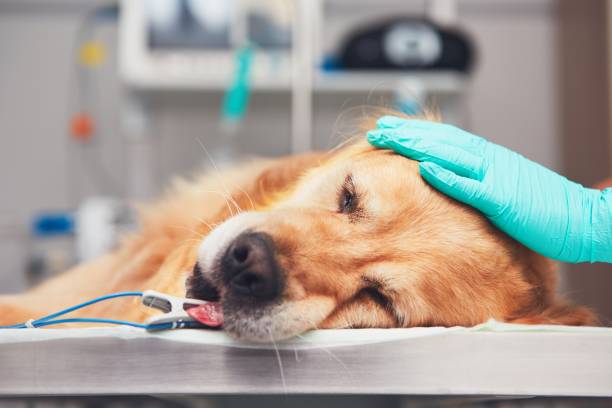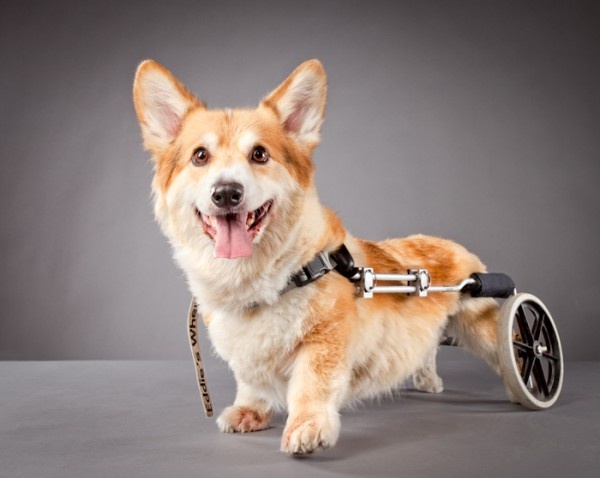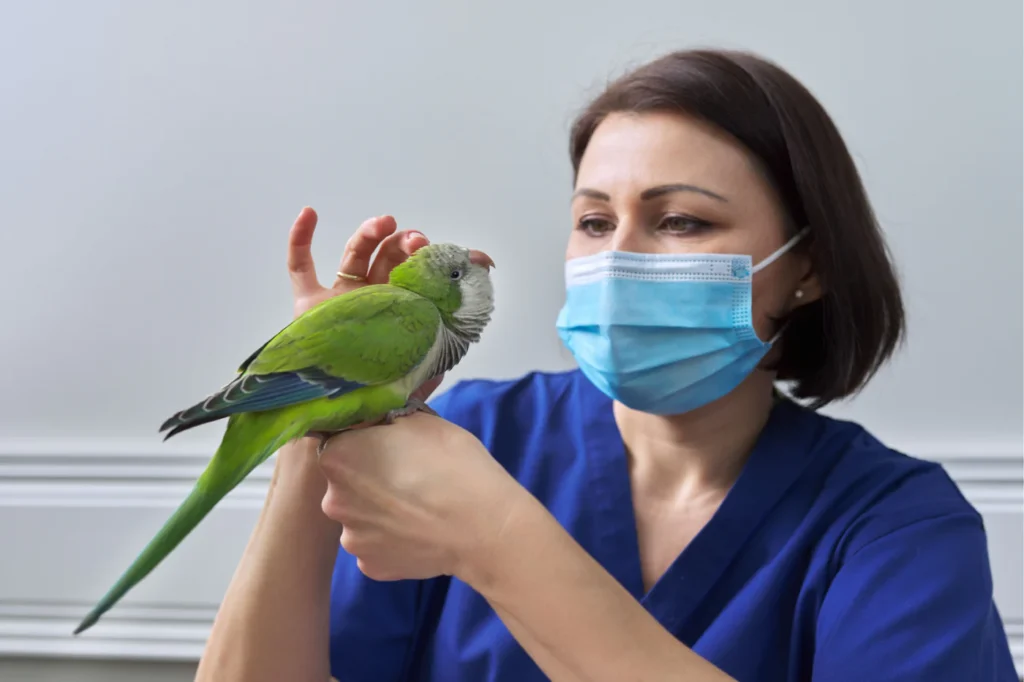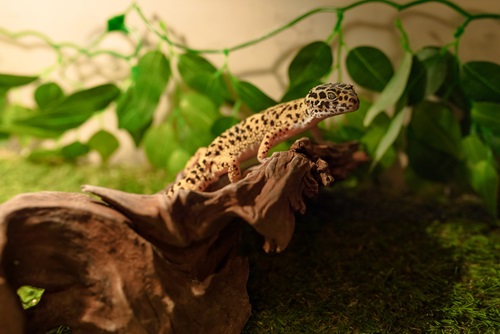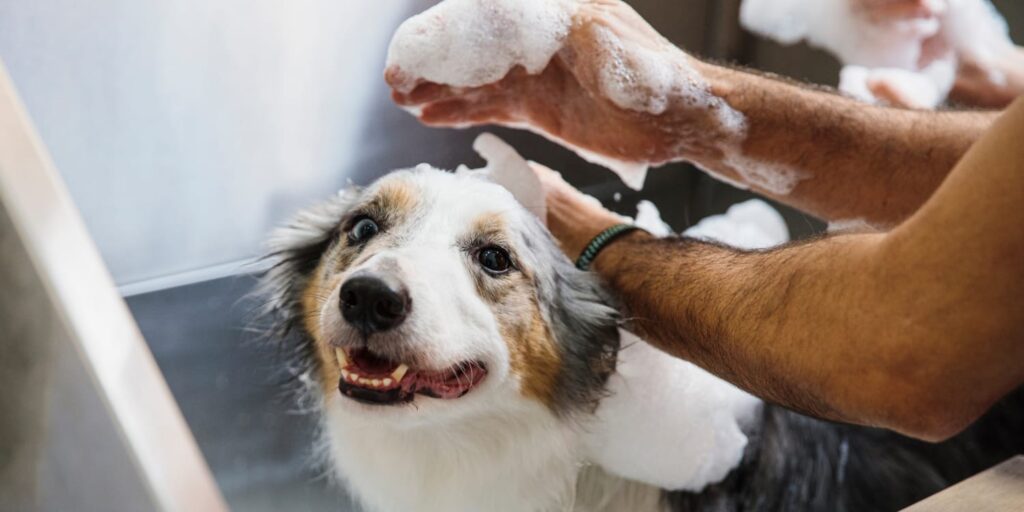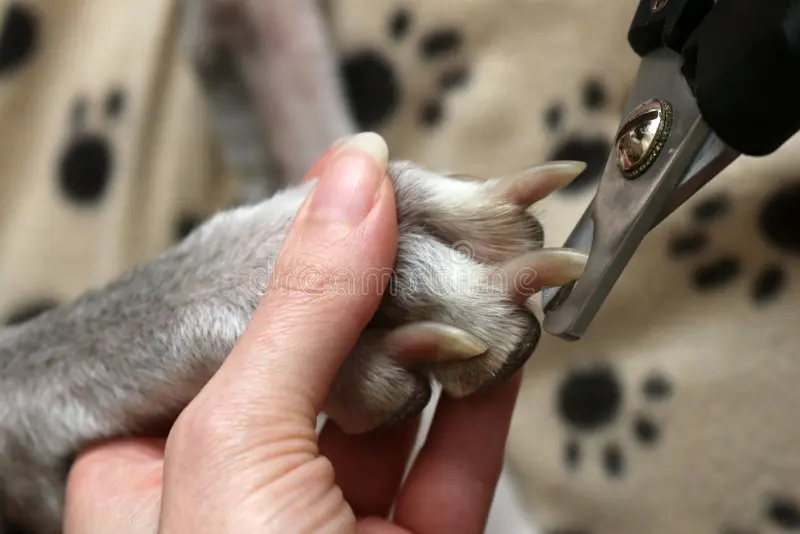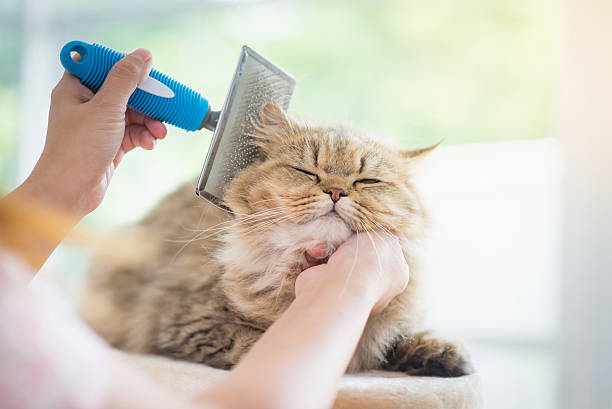Artificial Insemination in Dogs
Welcoming a new litter of puppies into the world is an exciting prospect for dog breeders, but sometimes nature needs a little assistance. That’s where artificial insemination comes in. In this article, we’ll explore the process, benefits, and considerations of artificial insemination in dogs.
Understanding Artificial Insemination in Dogs
The Process: Artificial insemination involves collecting semen from a male dog and depositing it into the reproductive tract of a female dog, bypassing the need for natural mating. This can be done using fresh, chilled, or frozen semen.
Benefits of Artificial Insemination
Artificial insemination offers several advantages, including the ability to breed dogs that are geographically distant, preserve valuable genetics, and increase the chances of successful mating in dogs with fertility issues.
Considerations: While artificial insemination can be an effective reproductive tool, it’s essential to consider factors such as the cost, expertise required, and potential risks and complications associated with the procedure.
When is Artificial Insemination Recommended?
Fertility Issues: Artificial insemination may be recommended for dogs with fertility issues, such as low sperm count or motility, or females with anatomical abnormalities that make natural mating difficult.
Genetic Diversity: Breeders may also use artificial insemination to introduce genetic diversity into a breeding program, ensuring the health and vitality of future generations.
Health Concerns: In some cases, natural mating may pose health risks to one or both dogs, making artificial insemination a safer alternative.
Preparing for Artificial Insemination
Veterinary Consultation: Before proceeding with artificial insemination, it’s crucial to consult with a veterinarian who specializes in reproductive medicine. They can assess the health of both dogs and determine if artificial insemination is the right option.
Hormonal Testing: Hormonal testing may be conducted to determine the optimal time for insemination, ensuring the highest chances of success.
Timing: Timing is critical in artificial insemination, as it must coincide with the female dog’s ovulation cycle for fertilization to occur.
The Artificial Insemination Procedure
Collection of Semen: Semen is collected from the male dog through manual stimulation or using a specially designed collection device.
Insemination Process: The collected semen is then carefully introduced into the female dog’s reproductive tract using a catheter or syringe.
Post-Insemination Care: After insemination, the female dog may require special care and monitoring to ensure the best possible outcome. This may include rest, restricted activity, and follow-up veterinary exams.
Success Rates and Expectations
Factors Affecting Success: Several factors can influence the success of artificial insemination, including the quality of the semen, timing of insemination, and overall health of the dogs involved.
Managing Expectations: While artificial insemination can increase the chances of successful breeding, it’s essential for breeders to understand that not every attempt will result in pregnancy.
Potential Risks and Complications
Infection: There is a risk of infection associated with artificial insemination, particularly if proper hygiene protocols are not followed during the collection and insemination process.
False Pregnancy: Some female dogs may experience a false pregnancy following artificial insemination, exhibiting symptoms such as nesting behavior and mammary gland enlargement.
Cost: Artificial insemination can be costly, particularly if multiple attempts are required to achieve pregnancy. Breeders should carefully consider the financial implications before proceeding.
Conclusion
Artificial insemination is a valuable tool in the world of dog breeding, offering breeders greater flexibility, control, and success in their reproductive endeavors. By understanding the process, benefits, and considerations of artificial insemination, breeders can make informed decisions to improve the health and vitality of future generations.




